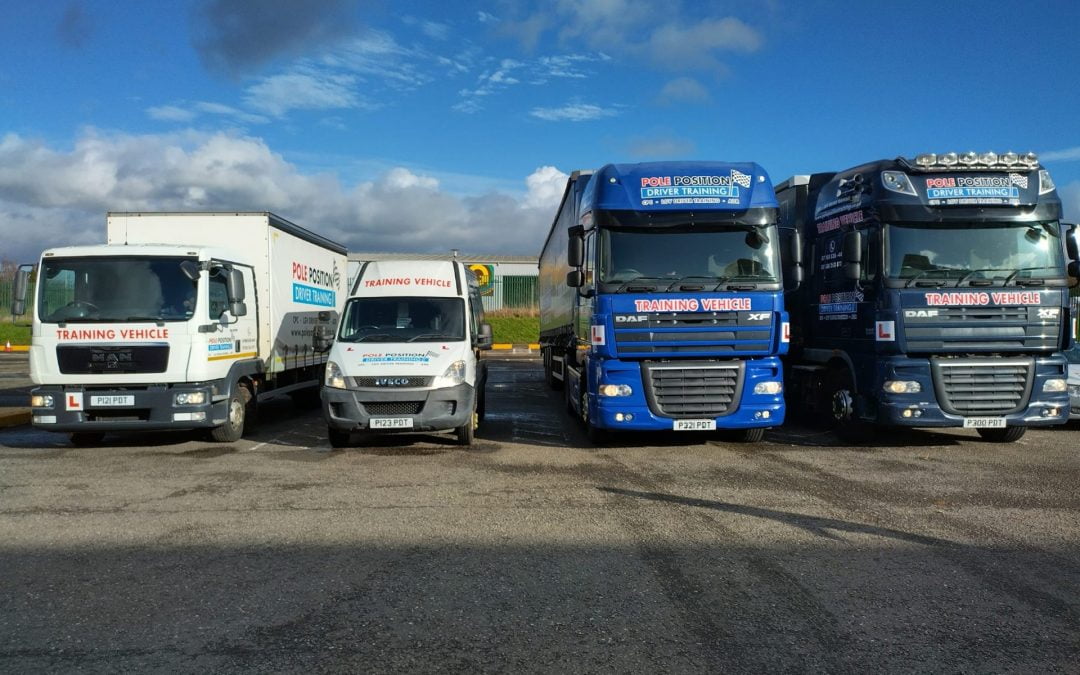One of the most important duties of any HGV driver is to ensure the safety of the preloading process. It is not only good practice but also crucial for road safety to take the time to check the vehicle and load before leaving. Although brakes are an essential component, safety also includes inspections of the vehicle’s overall condition, load security, and weight balance.
Drivers who receive HGV training in Edinburgh are taught to approach this task carefully and intently. Every trip starts with planning, and poor preloading practices can lead to fines, delays, or, even worse, mishaps.
What are the Essential Key Safety Steps?
Here are the highlight key safety steps drivers should follow before the engine even starts, helping to ensure every journey is as safe as it is efficient.
- Vehicle Walkaround Checks
A thorough walkaround of the vehicle is necessary before loading. Tires, lights, mirrors, indicators, and general bodywork should all be inspected by drivers. It is necessary to report and address any wear or damage.
Fluid levels, such as those of the coolant, oil, and washer fluid, should also be monitored. Another crucial step is making sure the controls are in good operating order and the cab is clean. Never rush or neglect these checks.
- Load Weight and Balance
On the road, an HGV that is overloaded or unbalanced poses a risk. It may impact steering and braking, increasing the possibility of rollovers. Drivers need to know the axle and vehicle weight limits.
Inadequate weight distribution can lead to problems even when the total load is within permitted bounds. To keep things balanced, heavier objects should be positioned low and in the middle. Handling is improved, and transit movement is decreased with proper stacking and placement.
- Load Security
Load security cannot be compromised, regardless of how short the trip is. All items must be fastened or secured with approved tools like load bars, nets, or straps. Loose things can move and present serious risks.
Drivers should also inspect the state of the securing equipment. If using tarpaulins, make sure they are securely fastened and do not flap in the wind.
- Route Planning and Legal Checks
Before departing, drivers should make sure the route they have chosen is suitable for the type of vehicle they are driving and the weight of their load.
Verifying the necessary paperwork, such as delivery notes, any necessary route permits, and driver hours, is also essential. Being prepared helps drivers avoid avoidable delays or fines and lessens stress while driving.
The Role of Training
Developing safe habits is greatly aided by high-quality training. Drivers who successfully finish HGV training in Edinburgh possess the awareness and practical skills necessary to perform these preloading inspections in detail. They are aware that safety starts at the depot rather than on the road.
Both novice and seasoned drivers can benefit from the professional advice provided by Pole Position Driver Training. We get you ready for every step of your HGV journey with an emphasis on safety and practical skills. Enrol in a training program that consistently emphasises professionalism, safety, and self-assurance.
